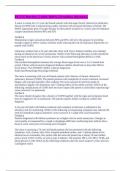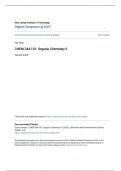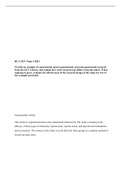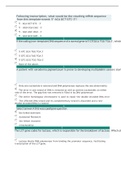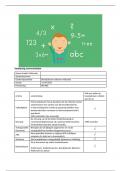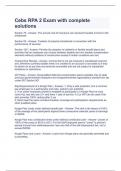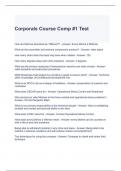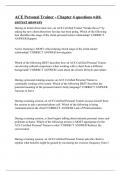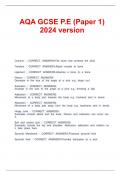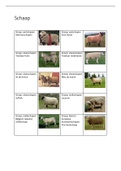Exam (elaborations)
PCCN Review || with 100% Errorless Answers.
- Course
- Institution
A nurse is caring for a 71-year-old female patient with end-stage chronic obstructive pulmonary disease (COPD) who is experiencing cardiac ischemia with increased shortness of breath. The MOST appropriate goal of oxygen therapy for this patient would be to: correct answers Maintain oxygen saturatio...
[Show more]
